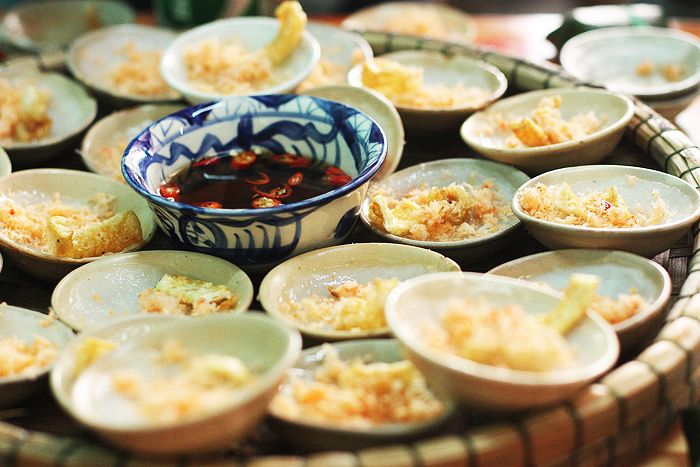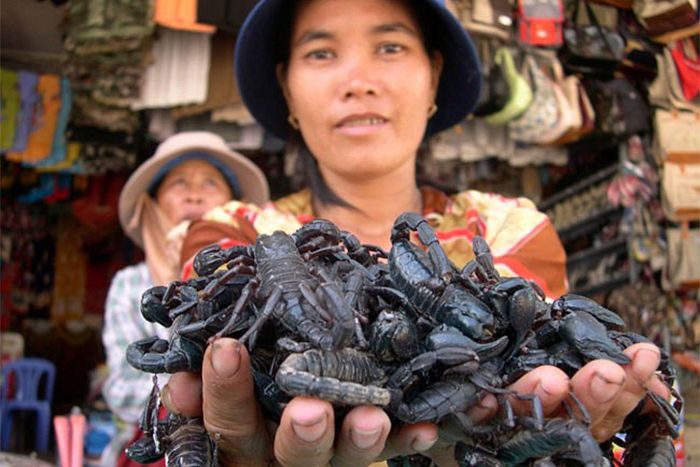With all the talk of tainted noodles in Saigon, we’re always on the lookout for alternative sources of bún. One Japanese textile company is experimenting with a technology that may provide such a substitute.
Osaka-based Omikenshi Co. has been in the textile business for nearly 100 years but has recently been struggling due to increased global competition. To turn things around, the company is attempting to use rayon, a fiber made from tree pulp as a base for, of all things, noodles.
We’re entering the food business,” Takashi Asami, manager at Omikenshi’s strategic material development department told Bloomberg.
To create these noodles, the company takes the indigestible rayon and combines it with konjac, a yam-like plant.
“The resulting fiber-rich flour, which the company calls “cell-eat,” contains no gluten, fat and almost no carbohydrate. It has just 60 calories a kilogram (27 calories a pound), compared with 3,680 for wheat,” writes Bloomberg.
If you’re wondering what this tastes like, you can hop on a flight to Japan and find out yourself. One company is already selling a version of the noodles, but they have been slow to catch on as they have a bitter taste.
Omikenshi is betting that its concoction will result in a more palatable flavor and texture, going all-in on a new US$8 million production facility that will churn out 30 tons of cell-eat.
And noodles may just be the beginning.
“It can be used as a substitute for wheat in products ranging from ramen, pasta, and Chinese dumplings,” Asami said. “We are discussing exporting it to China in the future as obesity is becoming a major problem for children there.”














